Understanding Reballing Solder Balls
Reballing solder balls are a specialized category of products utilized in the process of reattaching integrated circuits to printed circuit boards (PCBs). This procedure, known as bga reballing, is a critical aspect of electronic device repair and refurbishment. The solder balls act as the contact points between the chip and the PCB, enabling electrical connectivity and mechanical attachment.
Types and Materials
The variety of reballing solder balls available caters to different types of Ball Grid Array (BGA) components. Materials commonly used for these solder balls include leaded and lead-free alloys, with the latter being increasingly prevalent due to environmental considerations. The choice between steel and stainless steel options often depends on the specific requirements of the reballing task, such as the melting point and mechanical strength.
Applications and Features
Reballing solder balls are integral to the bga reballing process, which is employed when upgrading chips, conducting repairs, or when rework is necessary due to manufacturing defects. The features of these solder balls, such as their diameter consistency and sphericity, play a pivotal role in ensuring reliable connections and the long-term performance of the electronic components.
Advantages of Quality Reballing Balls
The advantages of using premium reballing balls include improved electrical performance and enhanced durability of the electronic components. While the platform does not endorse any particular brand or quality level, it is understood that a better match in terms of the coefficient of thermal expansion between the solder ball and the materials of the PCB and component leads to a more reliable end product.
Choosing the Right Solder Balls for Reballing
Selecting the appropriate solder balls for reballing is crucial. Factors such as the size of the ball, the type of alloy, and the specific reballing equipment used should be considered. It is important to match the solder ball material with the existing PCB and component materials to avoid issues such as brittle intermetallic compounds which can lead to failure.
Conclusion
In conclusion, reballing solder balls are a key component in the maintenance and repair of electronic devices. The selection available on the platform encompasses a range of materials and sizes to suit various reballing needs. Professionals engaged in the reballing process can find the products necessary to achieve successful reattachment of BGA components to PCBs.



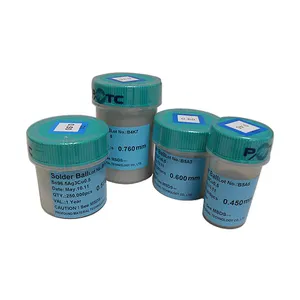


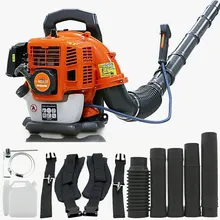

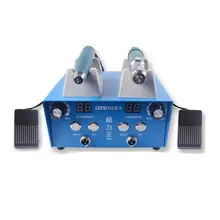


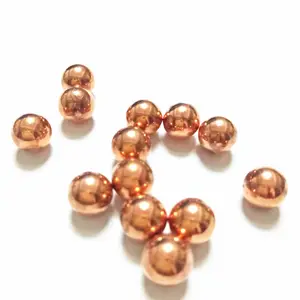



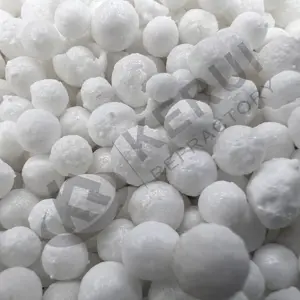
























 浙公网安备 33010002000092号
浙公网安备 33010002000092号 浙B2-20120091-4
浙B2-20120091-4